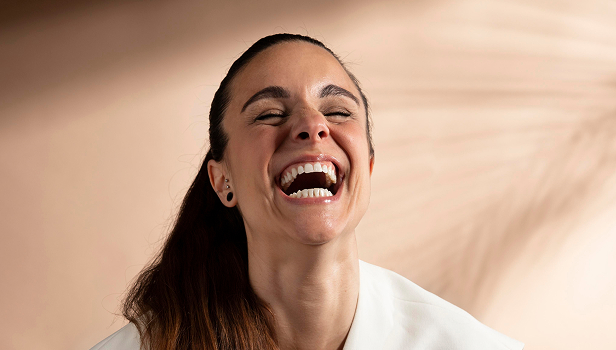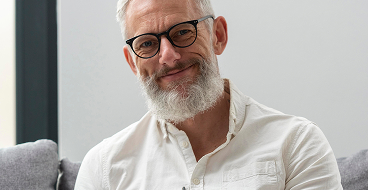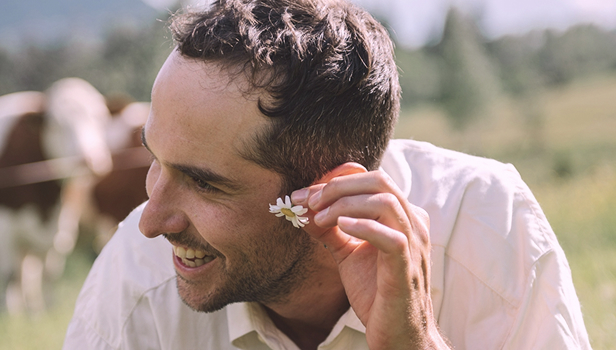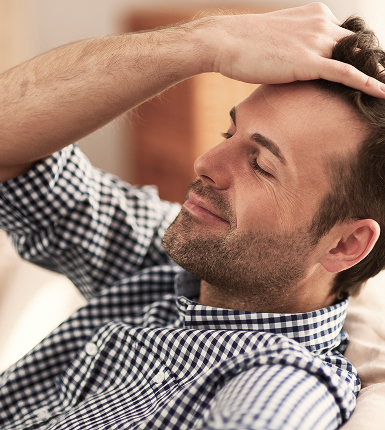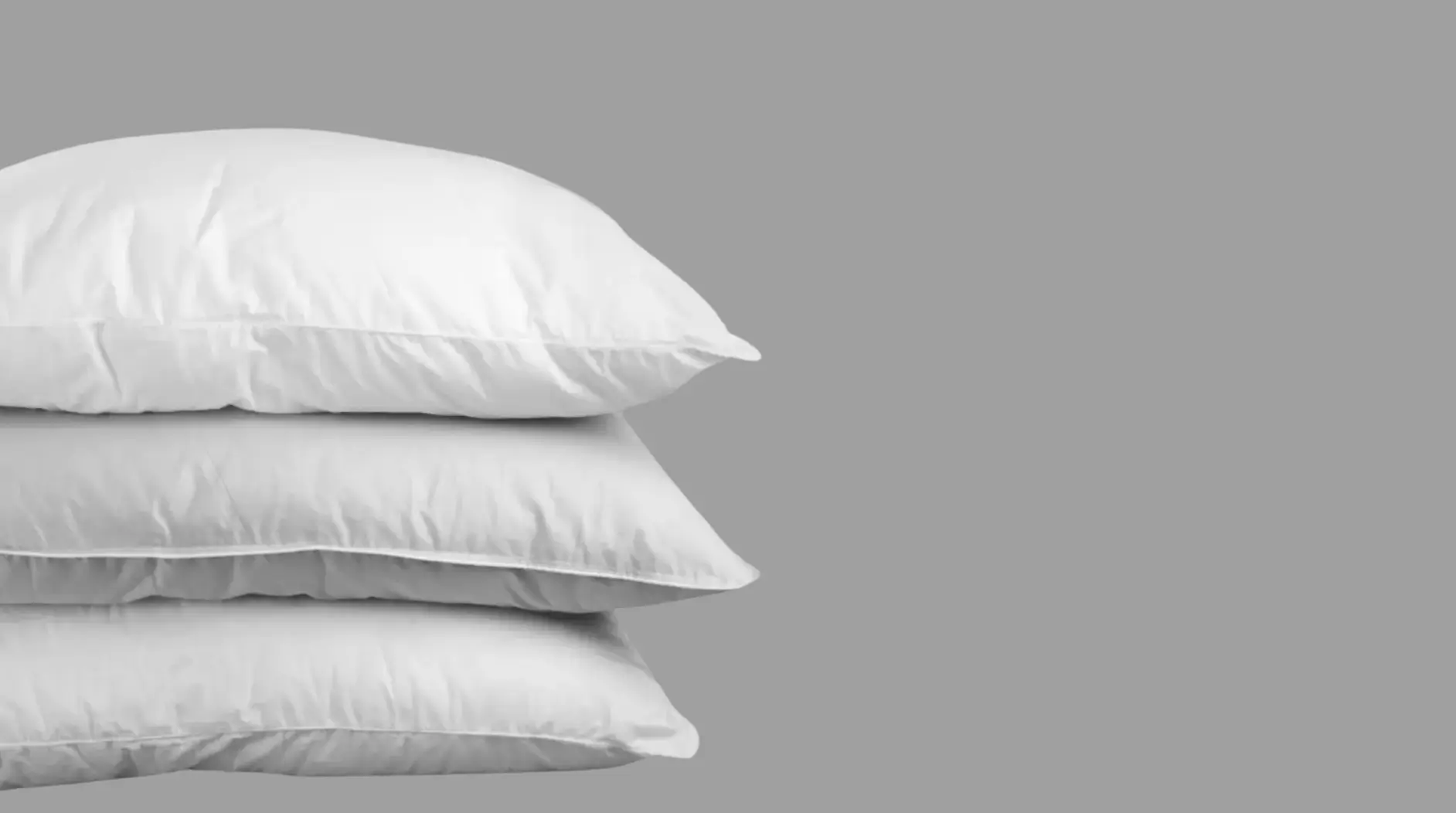Undergoing a hair transplant is an exciting step towards regaining your confidence, but what comes after the procedure is just as crucial. Recovery plays a significant role in ensuring the best results, and one of the biggest challenges? Sleeping.
We know—you’re exhausted after the procedure, but how you position yourself at night can make all the difference. So, we’re bringing you this expert‑backed guide straight from Cem, the co‑founder of Ideal of MeD (who has firsthand experience), and our team.
Before diving into the guide, consider downloading the Hair Back App. It’s a free community where you can ask questions, get tips, and share experiences with real people who’ve been through the same process. It’s a helpful way to stay informed and supported throughout your recovery.
With the right knowledge, your recovery can be smoother and more successful. In this guide, we’ll walk you through essential tips for sleeping after your hair transplant to ensure you get the best results. Here’s everything you need to know about sleeping after a hair transplant.
1. Invest in a Quality Neck Pillow
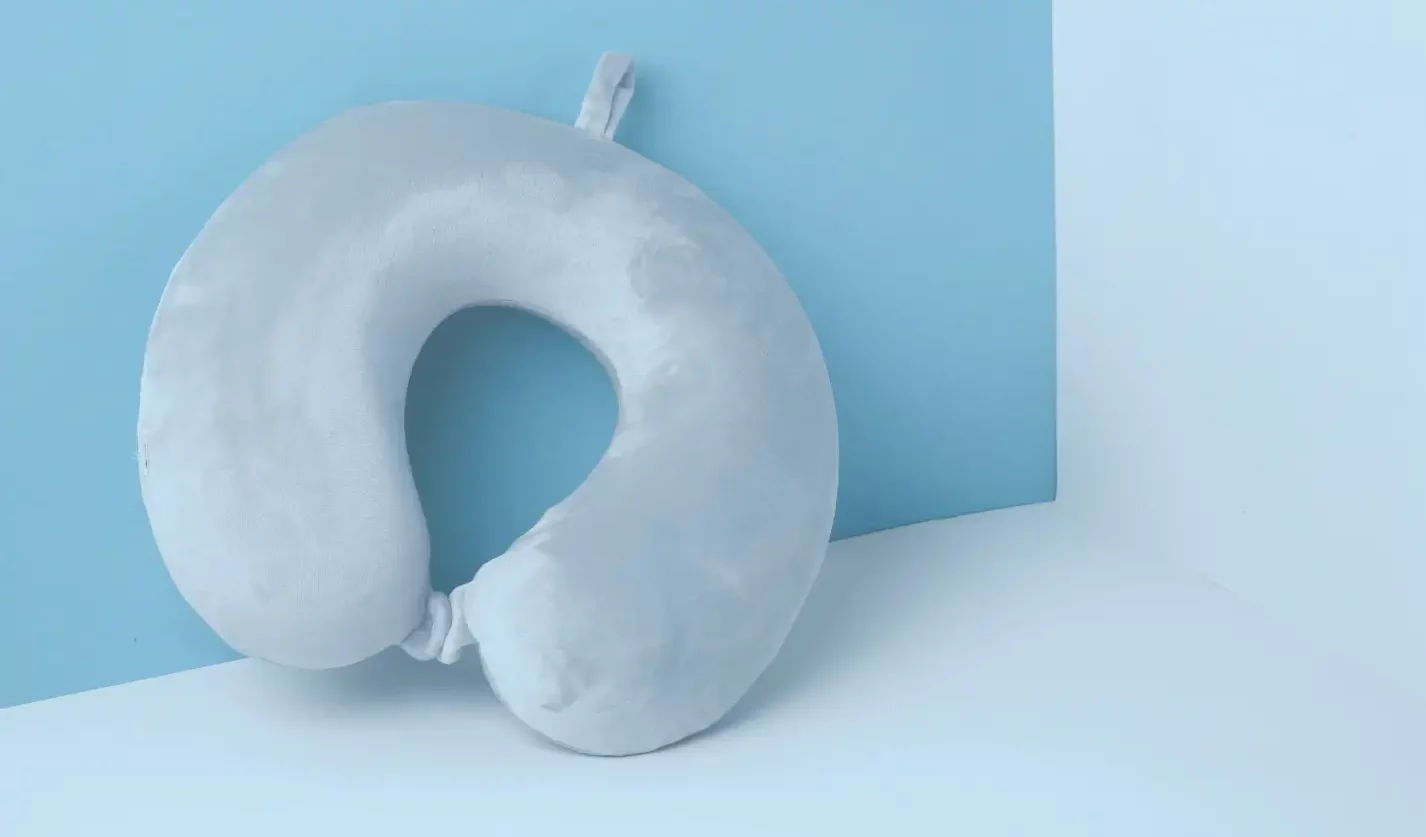
You need one. Seriously. A supportive neck pillow helps keep your head elevated and prevents unnecessary pressure on your newly transplanted grafts. Whether you’re recovering from a hairline or crown transplant, a neck pillow will be your best friend in those first critical nights.
Cem’s Pro Tip: Who says you need an expensive pillow? After testing different options, the best neck pillow he found for hair transplant recovery is the Cabeau Evolution Classic Neck Support Pillow on Amazon. It provides the perfect balance of support and comfort, keeping your head stable while you sleep.
2. Mastering the Right Sleeping Position
Not all hair transplants are the same, so your sleeping position should be tailored accordingly. If you had a crown area transplant, keep your head positioned at the very edge of your pillow to avoid contact with the grafts. For a hairline transplant, experiment with angles to avoid pressure on the newly implanted area. No matter what, sleeping on your back is your safest bet.
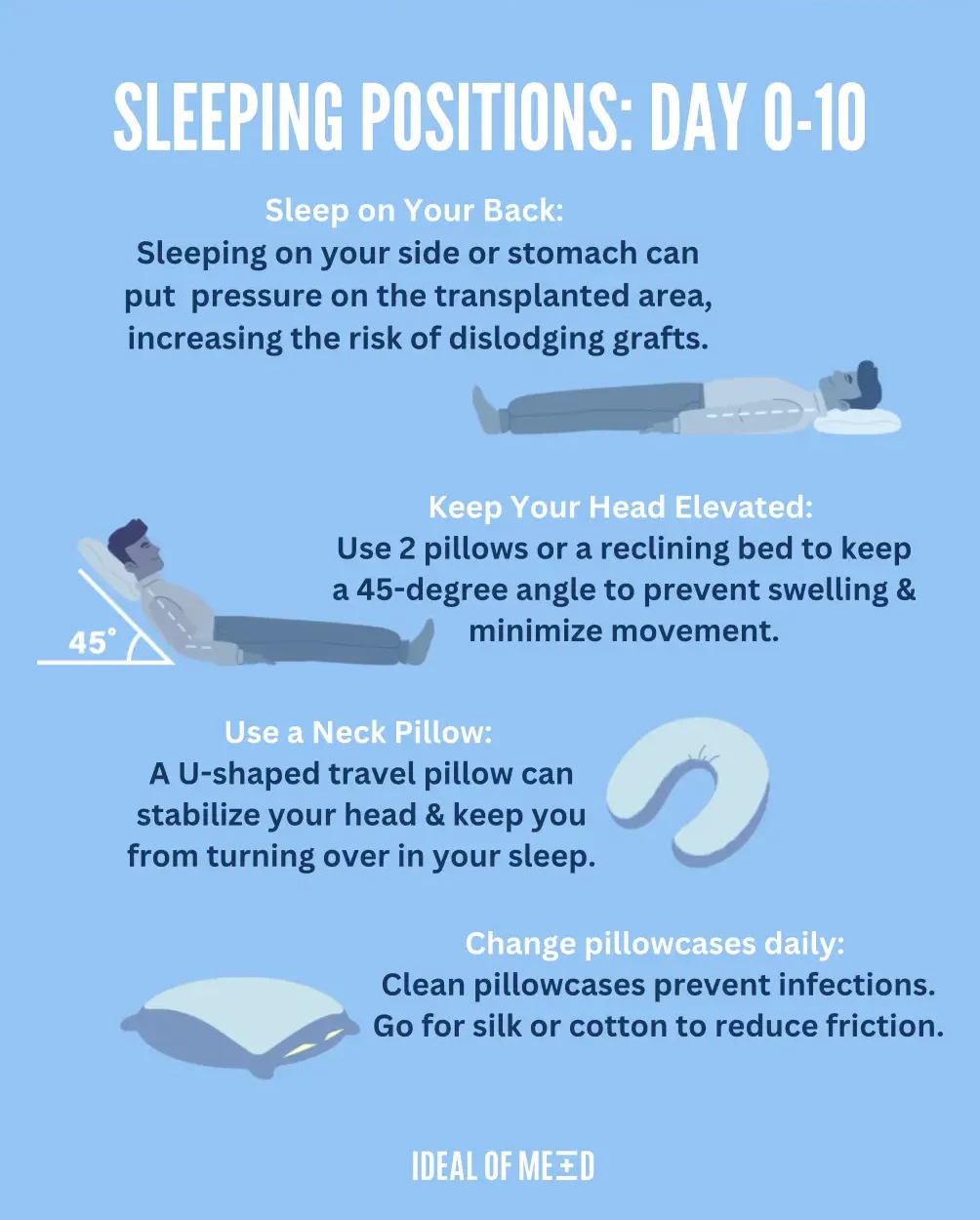
Common Concern: What if I accidentally turn in my sleep? Try placing extra pillows around you to prevent movement or sleeping in a recliner for the first few nights.
3. Protective Pillow Covers
Your clinic will provide protective pillow covers, but you’ll want extra. The first 7–10 days post‑transplant come with scabbing and some bleeding, so keeping your pillow sanitary is a must. Make sure you:
- Stock up on at least 7–10 covers.
- Cut them in half if you’re running low—Cem did, and it worked perfectly.
- Avoid infection by swapping them out nightly.
Common Concern: Can I use a regular towel instead? Not recommended. Towels absorb moisture but don’t prevent bacteria buildup the way medical pillow covers do.
4. Beat the Swelling
Edema (a.k.a. the infamous ‘raccoon face’ swelling) can set in if you’re not careful. To prevent this:
- Spend extra time on your back during the first 72 hours.
- Keep your head elevated to help fluids drain properly.
- Use light entertainment to pass the time (a Kindle, podcasts, or a good movie).
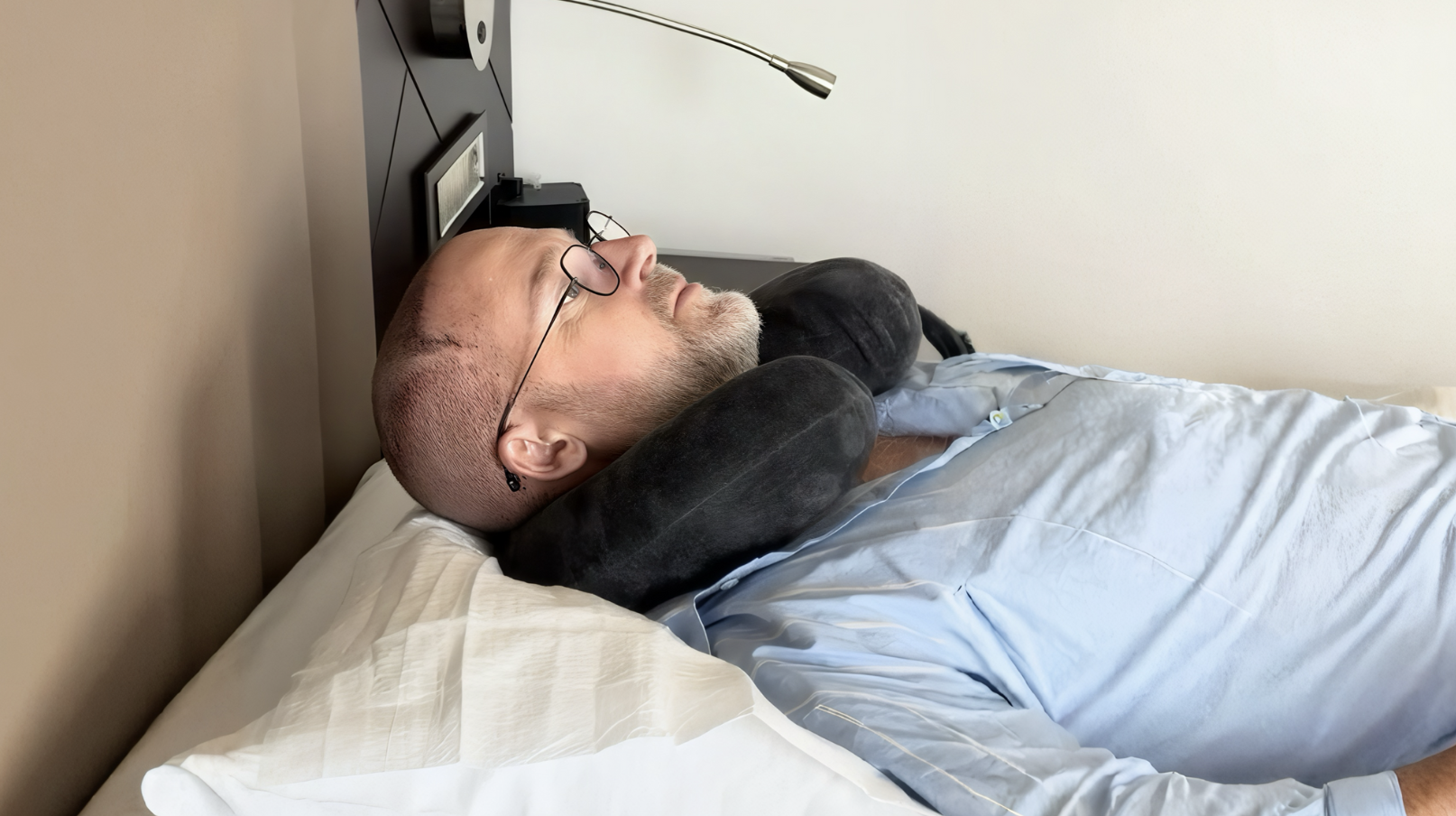
Common Concern: How high should I elevate my head? Aim for a 30–45 degree angle. A reclining chair can be helpful if you struggle to maintain this in bed.
5. The Semi‑Sitting Position
Some people find that resting in a semi‑sitting position helps fluid drainage from the scalp. If that works for you—fantastic! But if you’re someone who can’t relax in that posture, don’t stress. Cem tried it and decided it wasn’t for him. The key is finding what’s comfortable while still following best practices.
Common Concern: Do I have to sleep like this for weeks? No! The first 3–7 days are the most crucial. After that, you can gradually return to your normal sleeping habits.
6. How to Deal with Itching
Avoid rubbing or scratching: It’s natural to feel some itching or sensitivity on the scalp after your hair transplant. However, it’s essential to avoid rubbing or scratching the transplanted area, even if you feel discomfort. Why? Because any direct contact with the grafts can dislodge them or increase the risk of infection.
Common Concern: How do I avoid touching my scalp then? To minimize the temptation to touch your scalp, try relaxation techniques or gentle cooling compresses (applied near—but not directly on—the grafts) before bed to soothe irritation.
7. A Gentle Barrier
Avoid turning over: Turning during your sleep, even if it’s accidental, can easily put pressure on the grafts, potentially causing them to dislodge. To help prevent this, consider placing pillows or rolled towels around your body to act as a gentle barrier, which will help you stay on your back and in an elevated position.
8. Hydration in Moderation
Staying hydrated is important for healing, as water supports the body’s natural recovery processes. However, drinking too much water right before bed can lead to poor fluid drainage and frequent bathroom trips. To avoid disrupting your sleep, make sure to drink water throughout the day, gradually reducing your intake as you get closer to bedtime.
9. Managing Pain
Mild discomfort and soreness are common in the first few days following a hair transplant. Your surgeon will prescribe medication to help alleviate any pain. Additionally, you can use cooling compresses to reduce swelling and provide relief from discomfort.
Common Concern: What kind of compresses and how should I apply them? Apply a cool compress to your forehead or scalp areas before bed to reduce swelling without disturbing the grafts. Wrap a cool pack in a soft cloth or use a damp washcloth, gently placing it on your forehead or above the hairline. This helps reduce puffiness, making it easier to relax and sleep.
When Can I Sleep Normally Again?
As part of your aftercare, your surgeon will give you specific guidance on sleeping positions to protect your newly transplanted hair and promote healing. For the first week, it’s essential to sleep with your head elevated to safeguard the transplanted follicles and support recovery.
Around 10 days after the procedure, it’s typically safe to begin sleeping on your side, and after two weeks, you can gradually return to stomach sleeping if that’s your preference. Just be mindful to avoid putting too much pressure on the donor area. Each graft is valuable, and following these precautions is key to ensuring a successful hair transplant outcome.
Tip: Even after 10 days, avoid putting excessive pressure on the grafts to ensure the best healing outcome. Read more about hair transplant aftercare in our complete guide.
On Sleep and Science
Quality sleep is vital for recovery after a hair transplant, as it significantly impacts the body’s healing capabilities. Research shows that insufficient sleep can hinder recovery processes, while good sleep hygiene promotes optimal healing:
- Sleep and Healing: A study in Sleep Medical Review highlighted the correlation between sleep quality and physical health outcomes, noting that adequate sleep enhances healing after surgical procedures.
- Sleep Disruption and Recovery: A 2021 study found that poor sleep quality can lead to increased pain and delayed recovery in surgical patients.
- Sleep and Immune Function: Research published in the European Journal of Physiology demonstrated that sleep plays a crucial role in immune function, which is critical for recovery after surgery.
Sleep Smart & Heal Faster
In conclusion, following the recommended sleep guidelines after a hair transplant is vital for ensuring a smooth recovery and the success of the procedure. By using a neck pillow, sleeping on your back at an elevated angle, and avoiding direct contact with the grafted areas, you can protect the delicate hair follicles and promote optimal healing. As the leading destination for hair transplants in Turkey, our experienced team is here to support you every step of the way. If you have any questions or would like to learn more about the procedure, feel free to reach out to us. We’re here to help you on your journey to achieving the hair you desire.
FAQ: How to Sleep After a Hair Transplant
The best position to sleep in after a hair transplant is on your back, with your head elevated at about a 45-degree angle. This helps protect the transplanted grafts, reduces swelling, and encourages optimal healing during the recovery period.
Sleeping with a neck pillow helps maintain an elevated position for your head, which is crucial in the first days following the transplant. This position reduces swelling and minimizes the risk of accidental contact with the grafts, promoting better healing.
You can generally start sleeping on your side about 10 days after the procedure. However, it’s essential to avoid putting pressure directly on the transplanted area during this time to ensure the grafts remain secure.
You can gradually return to sleeping on your stomach approximately two weeks after the hair transplant. It’s important to make this transition carefully and to be mindful of any pressure on the donor area.
Most patients begin to feel a return to normal sensation in the scalp around 2 to 4 weeks post‑surgery. However, some sensitivity or mild discomfort may persist for a few weeks longer, depending on individual healing.
